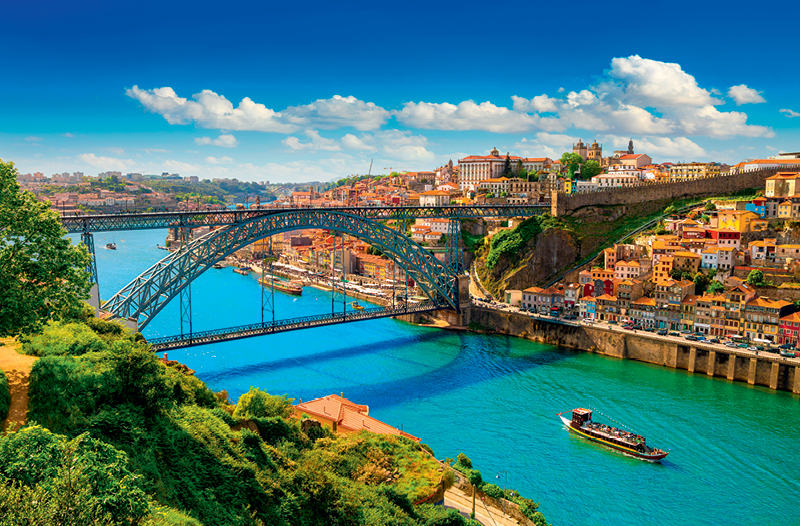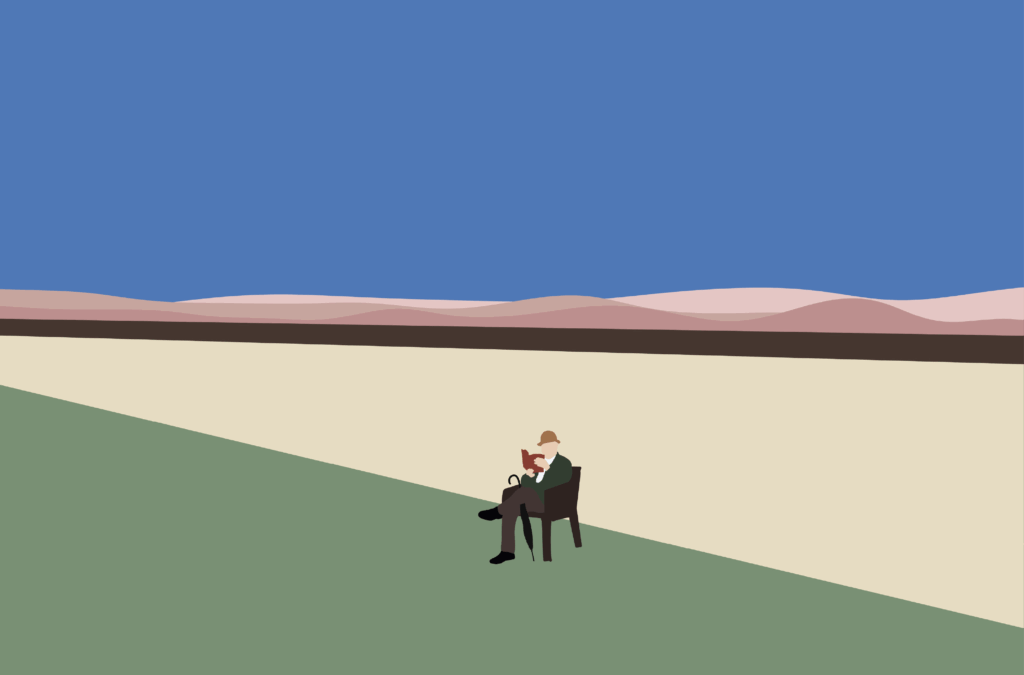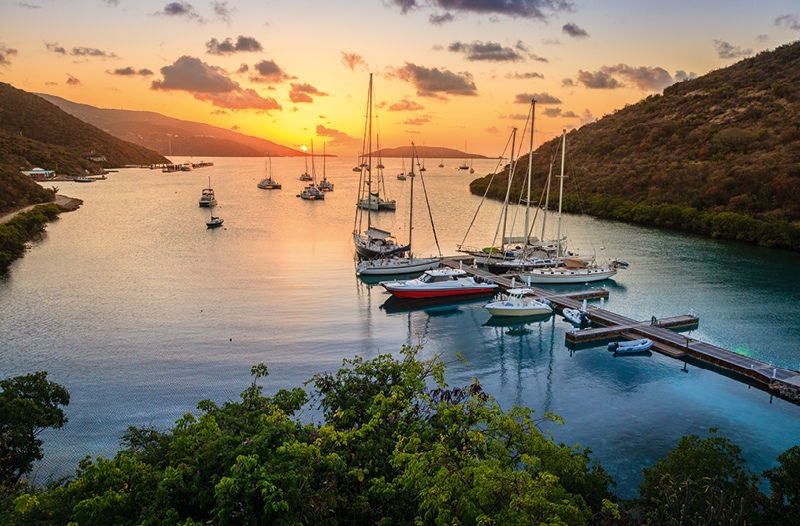
Morocco: The Crossroads of Cultures

Morocco wears its history proudly.
WHEN TO GO
Morocco can be visited year-round, but be aware that inland daytime temperatures regularly reach 100 degrees Fahrenheit during the summer and that many restaurants and cafés are closed at daytime during the holy month of Ramadan.
CURRENCY
Moroccan dirham (MAD): $1 = MAD9.84
LANGUAGE
Arabic and Berber are the official languages, but French, Spanish, and English are widely spoken in tourist destinations.
COMPANIES TO CONSIDER
Celebrity Cruises, Intrepid Travel, G Adventures, Abercrombie & Kent, Kensington Tours
A melting pot of cultures, this is where the ancient traditions of the Berbers, Bedouins, Arabs, and other peoples of North Africa don’t just intermingle but thrive. It’s a land of ancient cities unlike any other, where opulent palaces and labyrinthine medinas have attracted travelers for centuries. And it’s a land of great natural diversity, in which a mighty desert and snow-capped mountains conceal villages where time appears to have stood still.
The country has always welcomed visitors with open arms. This is especially true as Morocco looks to tourism to help recover from a September 2023 earthquake that killed thousands. Invitations to share a glass of mint tea and cheerful greetings of as-salamu alaykum (peace be unto you in Arabic) are easier to come
by than ever, as are palace hotels as exquisite as any in the world and jewellike riads that have been renovated into magnificent guesthouses.
Your time here could be spent exploring a nearly 500-year-old kasbah, indulging in French-Moroccan cuisine, and shopping for freshly ground spices in wonderfully chaotic markets. You can hike to the highest summit in northern Africa, camp in the desert under a blanket of stars, and stroll along white-sand beaches with a mesmerizing view of the Rock of Gibraltar. There’s a reason Morocco became the crossroads of Europe and Africa: it appeals to anyone with a sense of wonder and curiosity.

We asked Abdelhamid Habboubi, CEO of Morocco-based brokerage EPEGA, what he recommends for travelers.
How did you become CEO? >> I graduated from a higher school of business and started my career at a bank as an internal auditor. After studying risk management, I was promoted to CFO of a financial leasing company. My entrepreneurial spirit led me to set up my own business in risk management as a broker. My experience working in a multinational company helped me progress and become one of the market leaders.
What are your favorite parts of Morocco to visit and why? >> In spring, I would recommend Marrakech, but in the summertime the southern region of the country and the city of Agadir are much better.
What is your favorite local food, drink, or restaurant? >> Moroccan gastronomy is varied. If you like meat, Moroccan barbecue is succulent, although couscous here is great—very healthy and delicious. When you finish your meal, a cup of tea with mint is best.
What experiences should travelers seek to truly understand Moroccan culture? >> Northern and southern Morocco are very different from one another. The south is more traditional, while the north is a very beautiful area, close to Europe, and has a culture all its own.
The Cities
Of Morocco’s four imperial cities—the historic capitals of the country— Marrakech draws the most attention and with good reason. Known as the “Red City” for the tint of the clay used to construct many of its medieval buildings, Marrakech is a place you won’t soon forget. Just one stroll through iconic Jemaa el-Fna square will imprint a series of visions, scents, and sounds on your mind: perfectly conical piles of colorful spices and softball-sized citrus, the dancing melodies of beating drums and reed flutes, and the scent of sizzling meat and earthly incense.
Surrounded by a desert, the city’s gardens are surprisingly splendid, especially the 800-year-old Agdal Gardens, often called the Islamic Versailles, as well as Jardin Majorelle, a colorful spot once owned and restored by French fashion designer Yves Saint Laurent. Even if you know nothing about the designer, the Musée Yves Saint Laurent, located next to the gardens, is a striking place to rest before heading to the Saadian Tombs, a centuries-old royal necropolis that is regarded as the epitome of Moroccan architecture.

While Marrakech proudly reveals its treasures, Fez is more mysterious. The medina, or ancient core of the city, is a warren of over 9,000 narrow alleyways, infamous for its Escher-like complexity. You’ll likely get lost traversing its endless corners, dead ends, and tunnels but in the best possible way. Once you get your bearings straight, you’ll discover the country’s oldest city is also its most charming.
It’s best to go through the medina, the oldest and largest in North Africa, with a guide to appreciate this UNESCO World Heritage Site to the fullest. Trusting the guide to stay on course, you are free to appreciate private courtyard paradises, see the work of skilled artisans, smell fragrant tagines, and taste sticky honey-laced treats. All of this is best experienced while staying in a riad—a traditional Moroccan house with an enclosed courtyard—where you can take a dip in the pool and relax amid mosaic-tiled floors and stained glass windows.
The remaining imperial cities, Meknes and Rabat, are equally beguiling. Rabat’s palm tree lined streets are ideal for strolling, giving you ample time to admire the 1,000-year-old vestiges of both the Mausoleum of Mohammed V and Hassan Tower. In Meknes, along with the monumental gate of Bab Mansour, you’ll also find Volubilis, the largest Roman archaeological site in Morocco.

The Desert and Mountains
While the imperial cities play a central role in crafting Morocco’s identity, the country’s natural features—namely, the Sahara and the Atlas Mountains—are also forces to be reckoned with.
The rolling dunes of the Sahara desert (covering 3.6 million square miles in total) stretch as far as the eye can see like soft, voluminous ripples frozen in time. Except they’re not frozen—the sand is constantly shifting, whispering across hills that reach up to 492 feet high to meet a seemingly boundless sky. During the day, the landscape is gorgeous in its minimalism—nothing but silence, sand, sunshine, and tranquility. Then the sun sets, and the windswept sand reflect its rays in a dazzling display of ethereal light, welcoming the night. Afterward, a deep darkness overtakes the land, and the stars explode with brilliant luminosity. You can experience all this on tours deep into the desert, crossing the dunes atop gently swaying camels and sleeping in traditional Berber tents.
It’s a whole different scene high in the Atlas Mountains, a series of ranges stretching over 1,200 miles across northern Africa. Here you’ll find the High Atlas Mountains, home to the snow-tipped peak of Mount Toubkal, the highest in the region. The eastern side of the range borders the Sahara, where the foothills create a wild, almost primordial landscape marked by deep gorges and sharp crags. On the more fertile western side, verdant terraced gardens decorate the valleys, while walnut groves provide welcome shade. The mountains are easily accessible from Marrakech, where a daylong excursion will allow you to hike through Berber villages, ride camels to waterfalls, and enjoy lunch with a local family.
In fact, you’ll have many opportunities to enjoy tea and snacks with locals, for the Moroccan culture resounds with graciousness. When they invite you into their homes or stores, be ready to respond to their greeting with wa alaykum as-salam (and peace be upon you too). For it is this exchange of peace, this welcoming of cultures, that has made the country such a wonder to experience.

Morocco’s culinary heritage reflects the country’s deep-rooted traditions and cultural diversity. From its distinctive tagines—describing both the delicious braised stews and the conical pots they’re cooked in—to its couscous, khobz flatbread, and rosewater-infused desserts, no other North African cuisine quite compares. Here are a few can’t-miss flavors and dishes.
L’hamd marakad > After being pickled in brine and lemon juice to reduce acidity but heighten flavor, these preserved lemons are added to tagines and sauces to give them extra depth and zing.
Chermoula > This flavorful marinade is found in seafood and meat dishes and is made from l’hamd marakad, garlic, oil, lemon juice, and mixed spices.
Pastilla > A traditional entrée that is both sweet and salty, this chicken pie uses several layers of a fine filo-like pastry and is served with a crunchy coating of cinnamon, nuts, and sugar.
Harira > A classic Berber soup of tomato, lentils, chickpeas, onion, rice, and meat often accompanied by hard-boiled eggs sprinkled with salt, cumin, and dried fruits.
Ma’amoul > These tasty date-, pistachio-, or walnut-filled shortbread pastries are typically presented alongside a refreshing glass of Moroccan mint tea.

Cruise ship entering La Palma, Canary Islands
You’ll find Moroccan ports of call on a few longer Mediterranean itineraries that sail through the Strait of Gibraltar and turn left. Several of these ports are extremely close to Europe and share similar styles and customs. Here are some highlights to plan on seeing when booking your next cruise.
Tangier, Morocco > Less than nine miles from Spain, this seaside city once attracted artists such as Delacroix and Matisse to its museums, medina, and souks. Explore the legendary Caves of Hercules, which were once thought to be bottomless.
Casablanca, Morocco > You don’t have to be Humphrey Bogart to enjoy the delicious cuisine and art deco architecture of Casablanca. Be sure to visit the Hassan II Mosque, one of Africa’s largest mosques.
Agadir, Morocco > A modern city set at the foot of the Atlas Mountains along the Atlantic coast, Agadir is the country’s top beach town. For an active outing, hike to the top of the Kasbah of Agadir Oufella, built in the 16th century.
Tenerife, Canary Islands > Tenerife feels like another world, set on a diverse island packed with a desert, dense forests, and spectacular beaches. Spend your time here cooling off in natural saltwater pools or scuba diving with octopuses.




